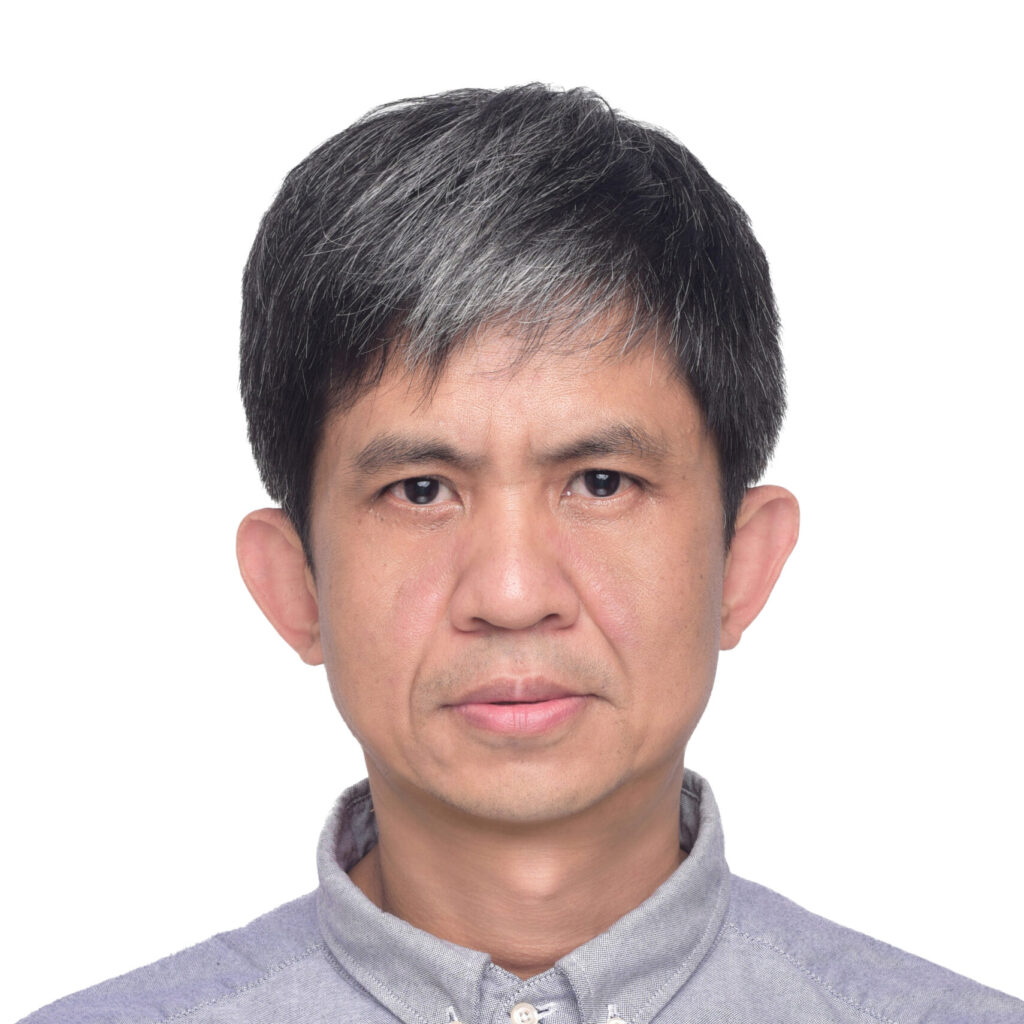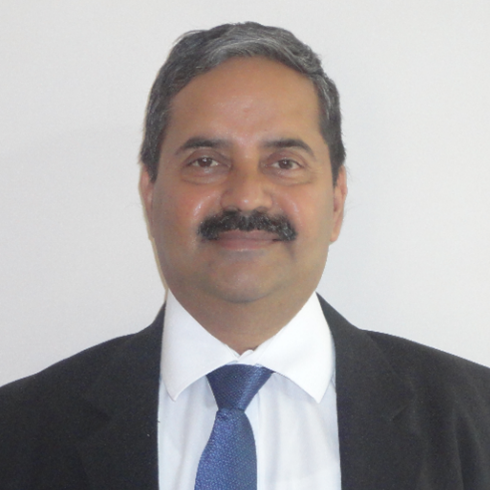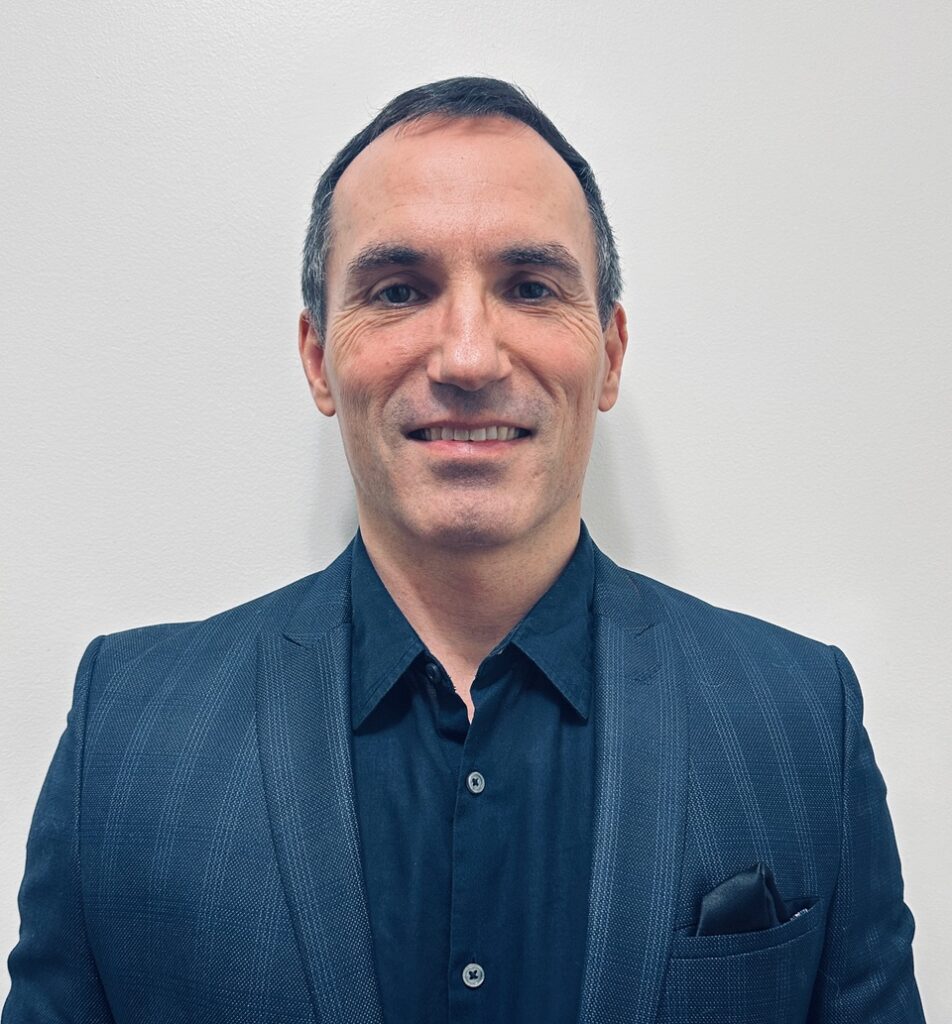The IGS welcomed its newest Chapter earlier this year – IGS Guatemala. Here, its Vice President Alberto José Pérez Zarco shares the journey to ratification, reveals the geosynthetics landscape and potential in Guatemala, and the Chapter’s ambitious plans.
Hi Alberto. Please tell us a bit about yourself.
I have been working for Ingnova Guatemala since 2008, a Guatemalan company dedicated to the design and construction of geotechnical projects. Among its specialties is the use of geosynthetics, first and foremost retaining structures, slopes stabilization, stabilization of pavement structures and foundations. We have worked as constructors or consultants in Guatemala, El Salvador, Honduras, Belize, Mexico and Paraguay.
I have been an individual member of the IGS since February 2022 and I am a member of the IGS Technical Committee on Stabilization. I have never been a member of any other Chapter.
Why did Guatemala need a Chapter and what difference will it make?
The lack of knowledge about geosynthetics in Guatemala makes the support of the IGS through a local Chapter imperative. This, along with the support of the Guatemalan Association of Soil Mechanics and Geotechnical Engineering, to inform, educate and publicize all the uses and benefits of geosynthetics.

What is your role in the Chapter?
I was the first President of the Chapter, responsible for its creation and legal conformation in the country. I currently serve as Vice-President, due to the recent change of the Board of Directors. Among my current responsibilities is to continue with the growth of the Chapter and represent it before the regulatory bodies of the country, to regulate the correct use of geosynthetics. I am also the contact between the Chapter and the IGS.
Tell us a bit about the making of the new Chapter.
We started working to form the Chapter in February 2021. Francisco Pizarro, chair of the IGS Pan-American Regional Activities Committee, got us involved with IGS Pan-Am which supported our journey.
It was complicated, first we had to legally create the association under national law, which took several months. Then we had to register it with the national institution in charge of collecting taxes, the equivalent of the IRS. Finally, we had to find enough members to become a national Chapter. We achieved this by making an agreement with the Guatemalan Association of Soil Mechanics and Geotechnical Engineering (Asociación Geierteca Guatemalteca de Mecánica de Suelos e Ingeniería Geotécnica).
Tell us about your membership and the feedback so far.
At the moment we only have individual members, but we are already working to consider Corporate and Student members. We currently have 22 active members.
Although it is too early for them to understand how important it is for the country’s engineering community to be members of IGS, I think the response has been very good. I hope that when they receive the benefits of having the Chapter, they will understand and give it its true value. That is the challenge now, to give the members the benefits so that they will appreciate the Chapter even more and want to participate more actively.
What are your plans over the next few years?
The first thing is to get together and organize internally, then work to have Corporate Members help us raise funds and then look for Student members. It is very important to reach the universities, where at the moment there are no geosynthetics courses.
Then we must work to give our members the benefits they expect; courses, conferences, expert visits, congresses, etc. And finally, to look for more members to generate critical mass on geosynthetics, a culture that leads to greater use of the products.
Tell us something about the geosynthetics market in Guatemala – size, main applications.
The geosynthetics market in Guatemala is very wide. Geomembranes, geogrids, geotextiles, geocomposites and erosion control blankets are used. But their use is not very technical. There are very few local designers, imported materials are of various qualities and there is no culture in their use so the seller becomes the ‘expert engineer’.
There are currently no specific standards for their use. They are widely used in retaining walls and slope protection, but there is a long way to go before they can be used in a general way in roads for subgrade and base stabilization. There is a large untapped market and that is another challenge for the Chapter.
 What is the potential for geosynthetics to grow in your region?
What is the potential for geosynthetics to grow in your region?
I think the potential is huge. But we must work hard to generate a culture of geosynthetics. In Guatemala there is a great ignorance on the subject, so builders have many doubts about their use or if they really work. Looking for massive uses such as roads, would be the most important way to go.
Any events or plans coming up for the Chapter you can share?
Yes! We are working on organizing an inaugural Chapter event in September. Then on October 14 and 15 we will have the National Congress of Earthquake and Geotechnical Engineering, where we plan to present a keynote lecture by the IGS.
And of course we are looking forward to GeoAmericas 2028 in Cartagena, Colombia.
It is always very encouraging to have an event of this magnitude in a Latin American country. We are very happy for our Colombian colleagues, and look forward to participating for the first time as a Chapter. See you in Cartagena, which apart from being a beautiful place, is ideal for this type of event!
Is there anything else you would like to add?
I want to thank the entire IGS Pan-Am group, especially Francisco Pizarro, without whom we would not have our Chapter. We are very excited to be part of the IGS family, and we hope to have more active participation. The experience of presenting our Chapter at GeoAmericas 2024 was very uplifting.
For more information about IGS Guatemala, contact the IGS Secretariat’s Office at igssec@geosyntheticssociety.org.






















